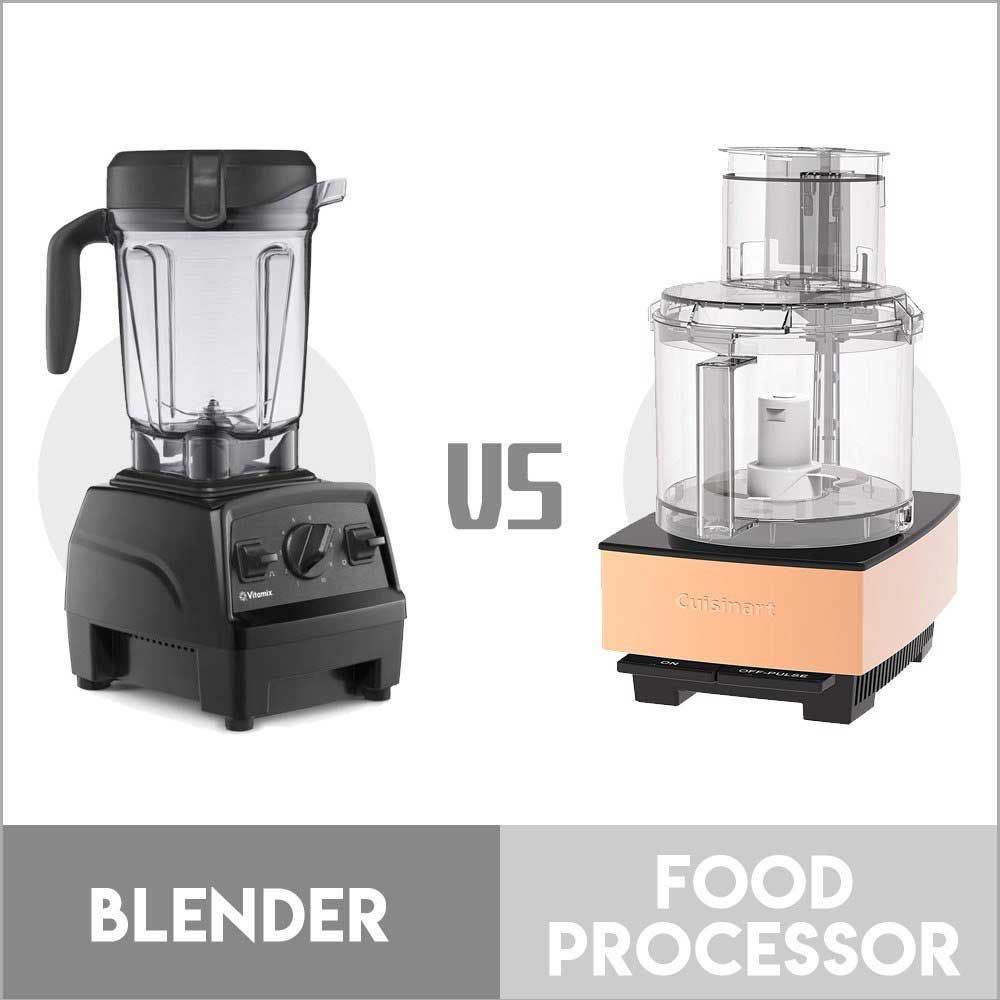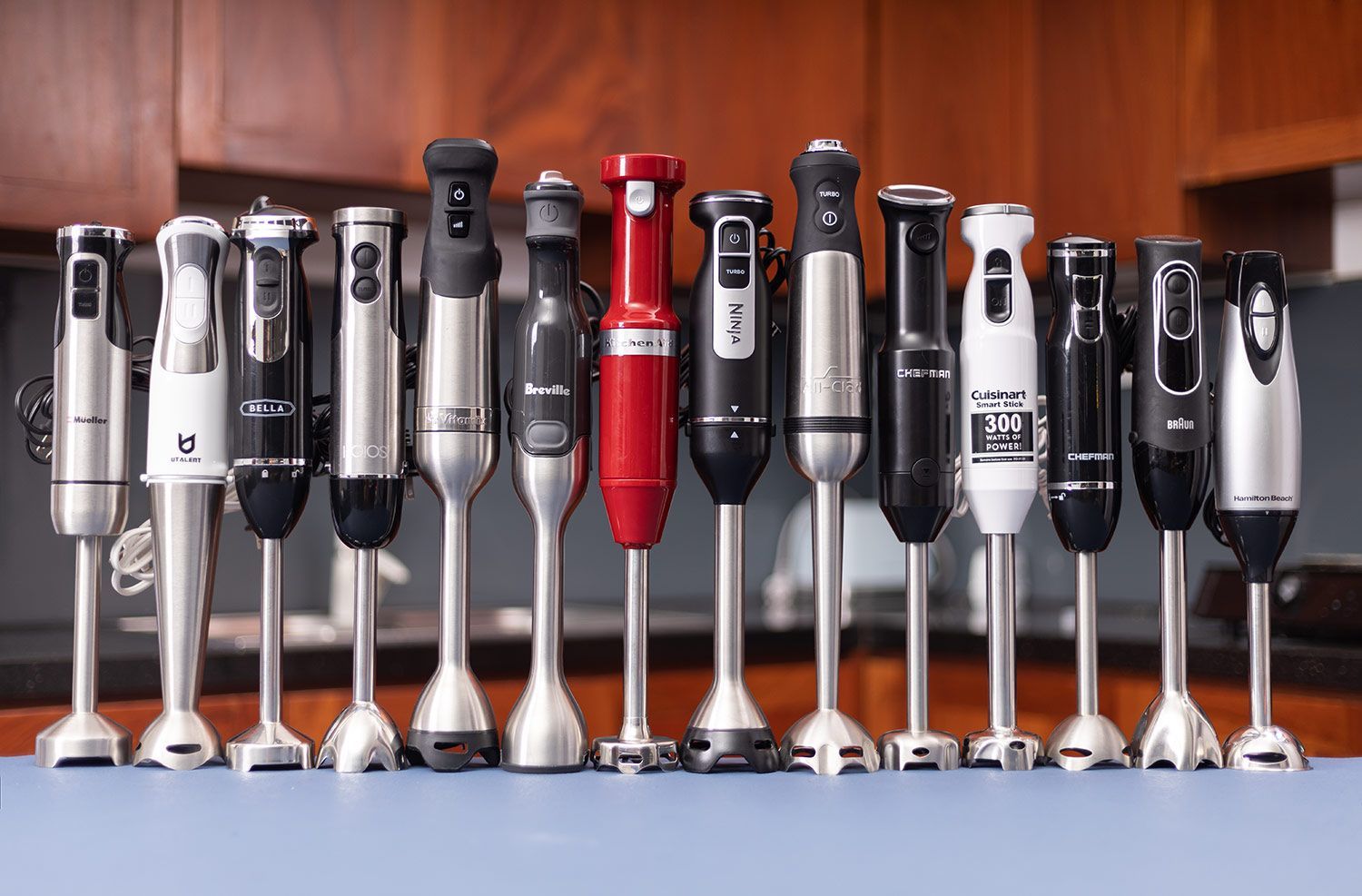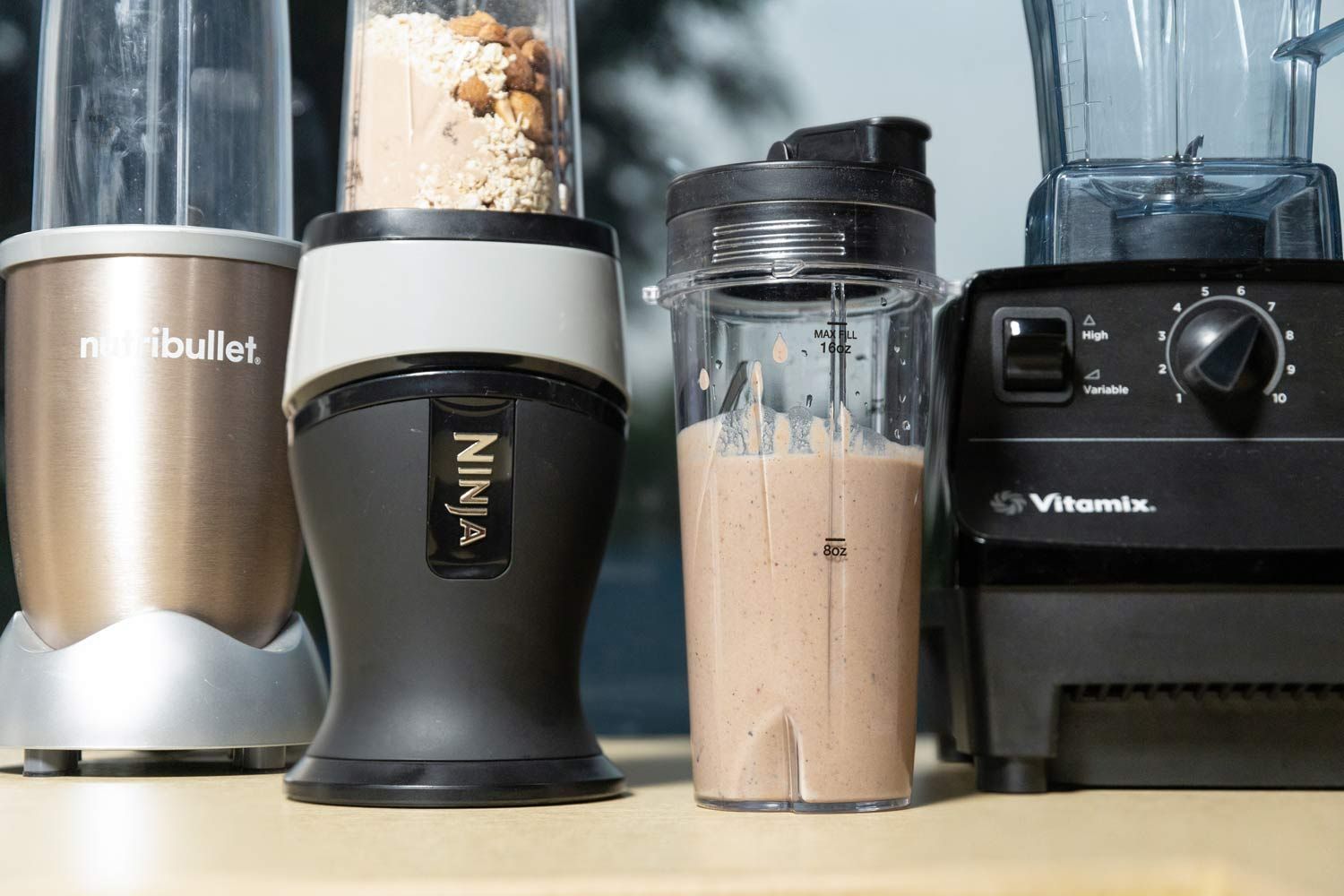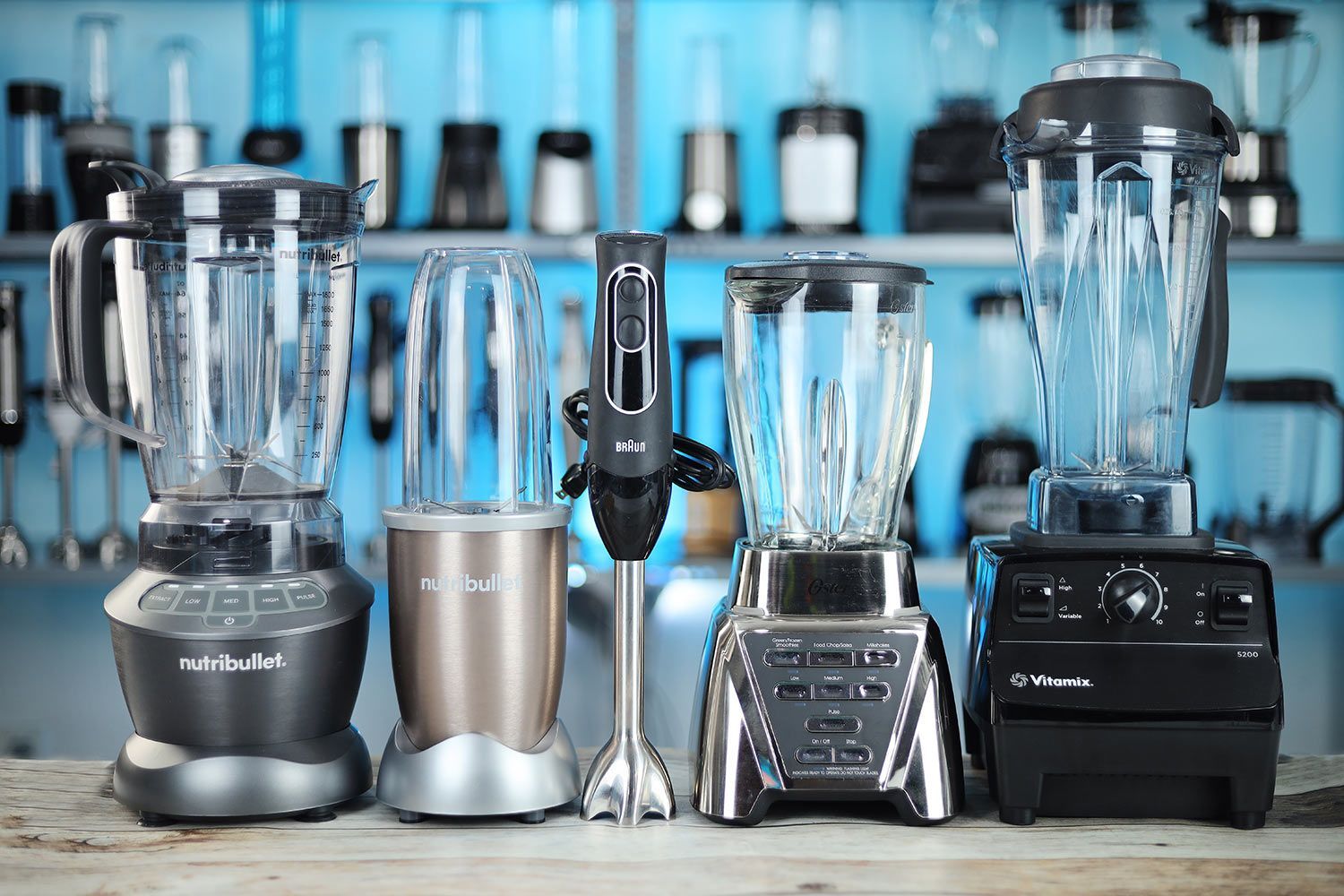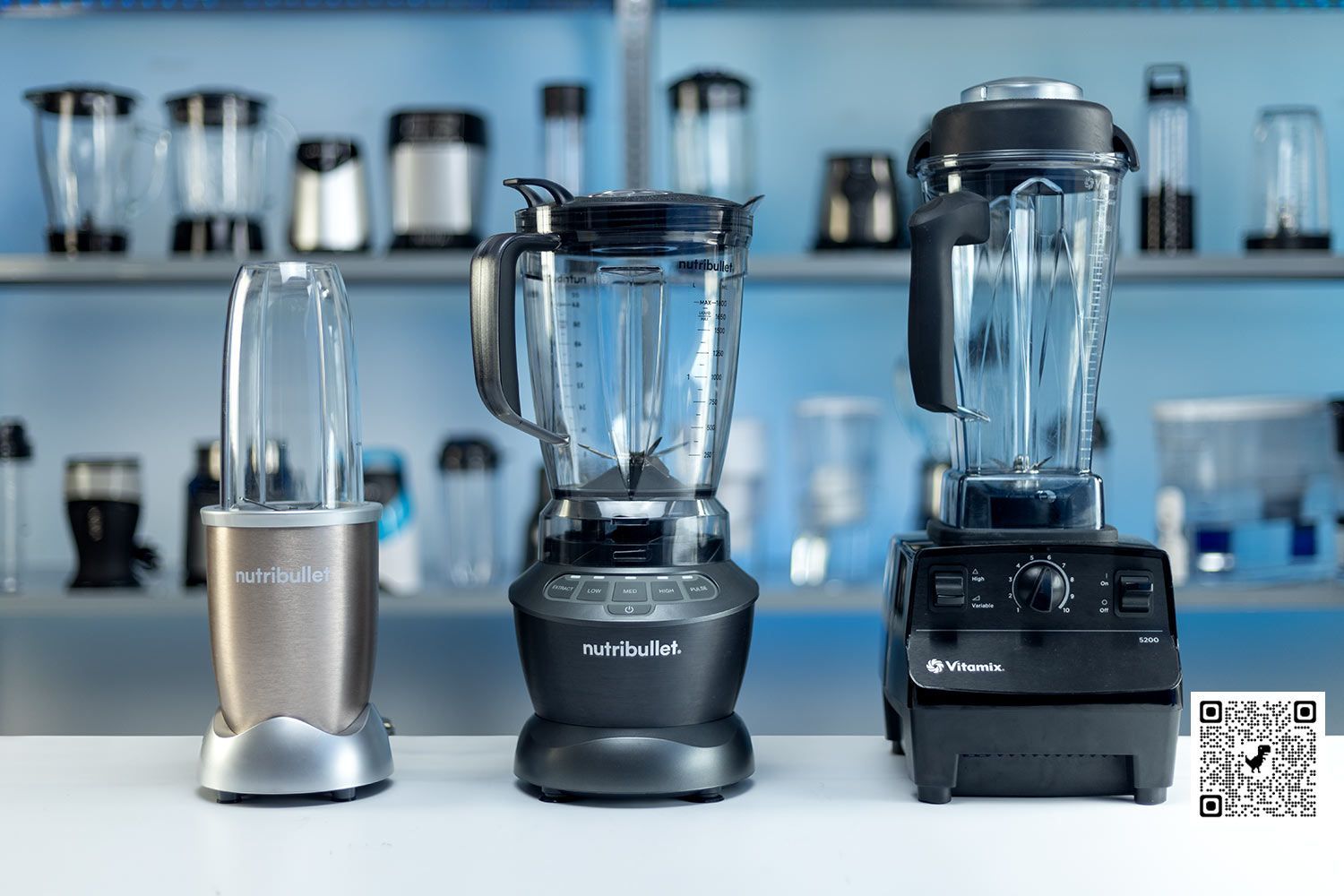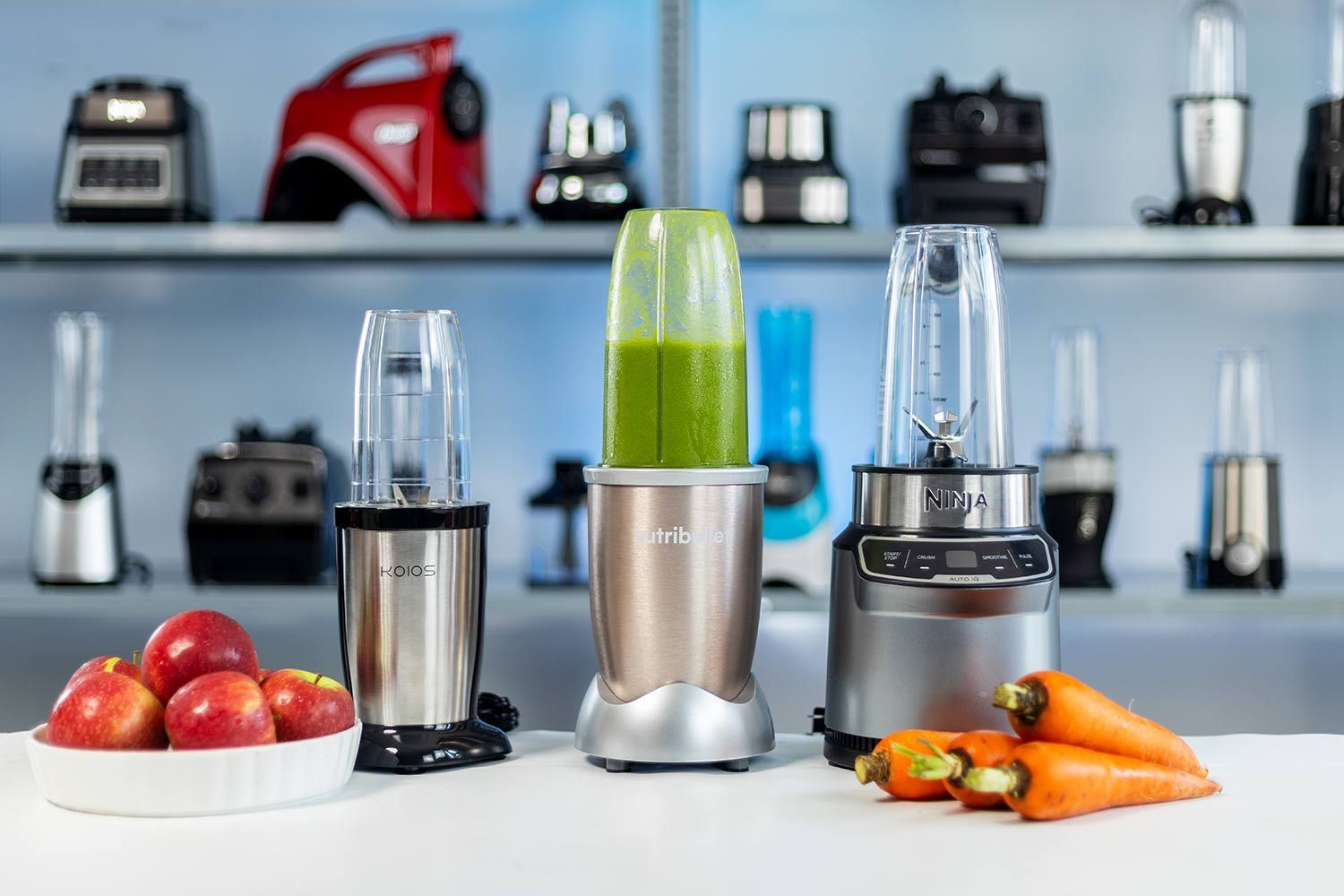Our recommendations are made independently. We may receive commissions from purchases made via our links.
Food Mixers vs Blenders: Which Should You Buy?
Food mixers & blenders resemble each other in looks and functions, making it difficult for most people to differentiate. Here, we help you decide which one to buy.
The technology is ever advancing, and the kitchen industry hasn’t been left behind. Kitchen appliances, such as food mixers & blenders, have made kitchen operations much easier and efficient than before. You can now achieve even better food mixing and blending within a very short time and using relatively less effort.
Today, almost every household has either a multi-blender or a food mixer. However, the question of which should you buy between the two is very important, although they can have the same outcome. And this is where you’ll need to take into consideration what you need the product for.
Let’s learn more about mixers and blenders to help you make the most informed decision on which to buy.
Food Mixers vs Blenders: What Are They?
Food mixers and blenders have quite a number of similarities in appearance and functions, which makes it quite difficult for most people to differentiate. And without proper knowledge about what they really are and their functions, deciding on which to buy can be very stressful. You need to get the right product for the right task.
The good news is, this text contains everything you need to know about the two products. Just read on, and we promise your decision making will be as easy as one-two-three!
Food Mixers
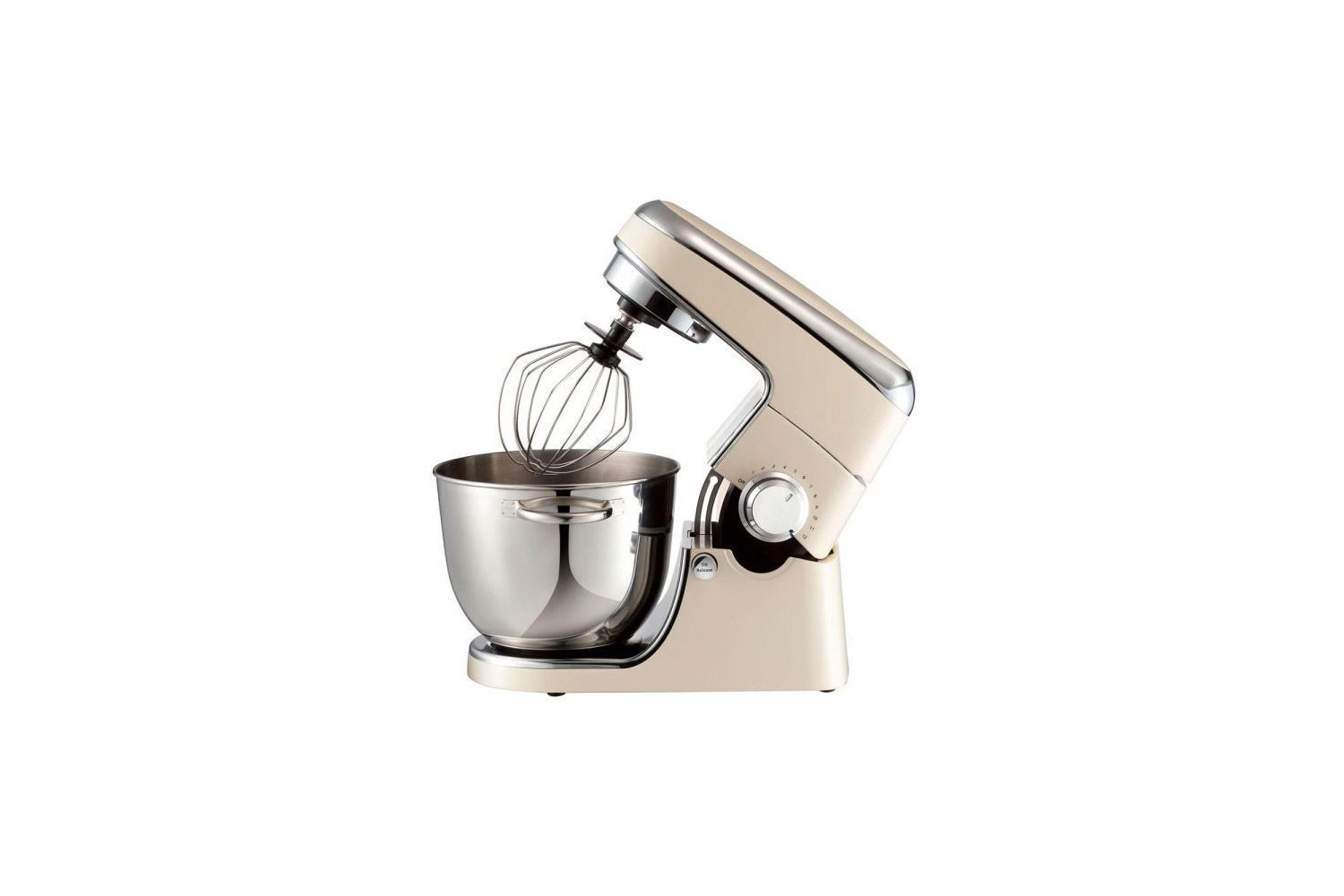
If you love baking, a food mixer can be your best kitchen tool. Especially when it comes to folding, beating, and mixing of food ingredients such as batters and doughs. Food mixers consist of two types: stand mixers and hand mixers.
Stand mixers are more convenient for regular or serious baking - they’re geared towards whisking, kneading, and mixing. They contain a mixing bowl on top to prevent the contents from splattering; hence can be convenient if you’re busy and need an extra set of hands while cooking.
They operate on speeds up to twice that of hand mixers. Plus, they can turn the beater to ensure the contents are thoroughly mixed together. However, they’re quite large and expensive than hand mixers.
Hand mixers, on the other hand, are designed for smaller portions of whisking and mixing. They have detachable beaters and hooks for ease when cleaning. To use the mixer, all you need to do is simply hold it over the bowl and start mixing. Common recipes that you can prepare from this mixer include cookies, egg dishes, waffle or pancake batter, and whipped cream. However, hand mixers can hardly tackle bread dough.
For efficient mixing of ingredients, consider the steadiness of the mixers to counter the effect of heavy vibration, especially when mixing heavy ingredients.
Blenders

Blenders are the best appliances for liquifying food ingredients to prepare slushy cocktails, pureed soups, and smoothies. A typical blender consists of a jar with blades at the bottom. The motor rotates the blades at different set speeds, depending on the ingredients put in the blender.
But how, exactly, do blenders really work, considering their blades are not that sharp? Well, it’s not how sharp your blender blades are that determines the results you’ll get, but it’s the power of your motor. Blenders with less powerful motors are less convenient to use, especially when dealing with somehow hard ingredients.
Blenders consist of three main types: immersion blenders, personal blenders, and full-sized blenders.
Immersion blenders (also called stick handheld blenders) are an excellent tool for concocting recipes that incorporate liquid elements, such as soups, salsas, and dressings. Energy-efficient and handy, they allow for direct blending in the cooking pot, eliminating the need for an extra container. However, one must be careful to keep the blades immersed to prevent the ingredients from splattering.
A step up from the handheld type is the personal blender. Its unique selling point is the convenience it offers for busy lifestyles—blend your chosen ingredients straight into a grab-and-go cup, perfect for single servings.
On the other end of the spectrum, full-sized blenders possess their own separate, large-capacity vessels, coupled with adjustable speed settings for maximum versatility. Ideal for smoothies, purees, quick sauces, and emulsifications, they are a true powerhouse in the kitchen. Their BPA-free containers, often designed with a narrow, sloped base, enhance blending efficiency.
Which Is Better?
Now it’s time to find out which is better. Unlike some mixers, especially the traditionally configured food mixers, blenders have lids to eliminate any possibility of food contents spattering and decorating your kitchen walls.
Most blenders also offer transparent jars, which allows for more convenient monitoring of the contents.
The decision about which option is better greatly depends on your needs. As explained above, each product has its own strengths and weaknesses. If possible, you can consider buying both products for an amazing blending and mixing experience. Otherwise, buy with your main purpose in mind.
For instance, a food mixer can be your better option if you’re into too much baking. And if you’re a smoothing enthusiast, a blender will be your better option.
Conclusion
Food mixers vs blenders might sound the same but are two completely different appliances. There are tasks that can only be effectively accomplished by a mixer and others only by a blender. And when deciding on which kitchen appliance to buy, pay attention to your cooking needs and gather as much information as you can. And you’ll have no problems choosing the product to buy at all. Remember, your appliance will dictate whether you’ll be a good or a bad cook.

